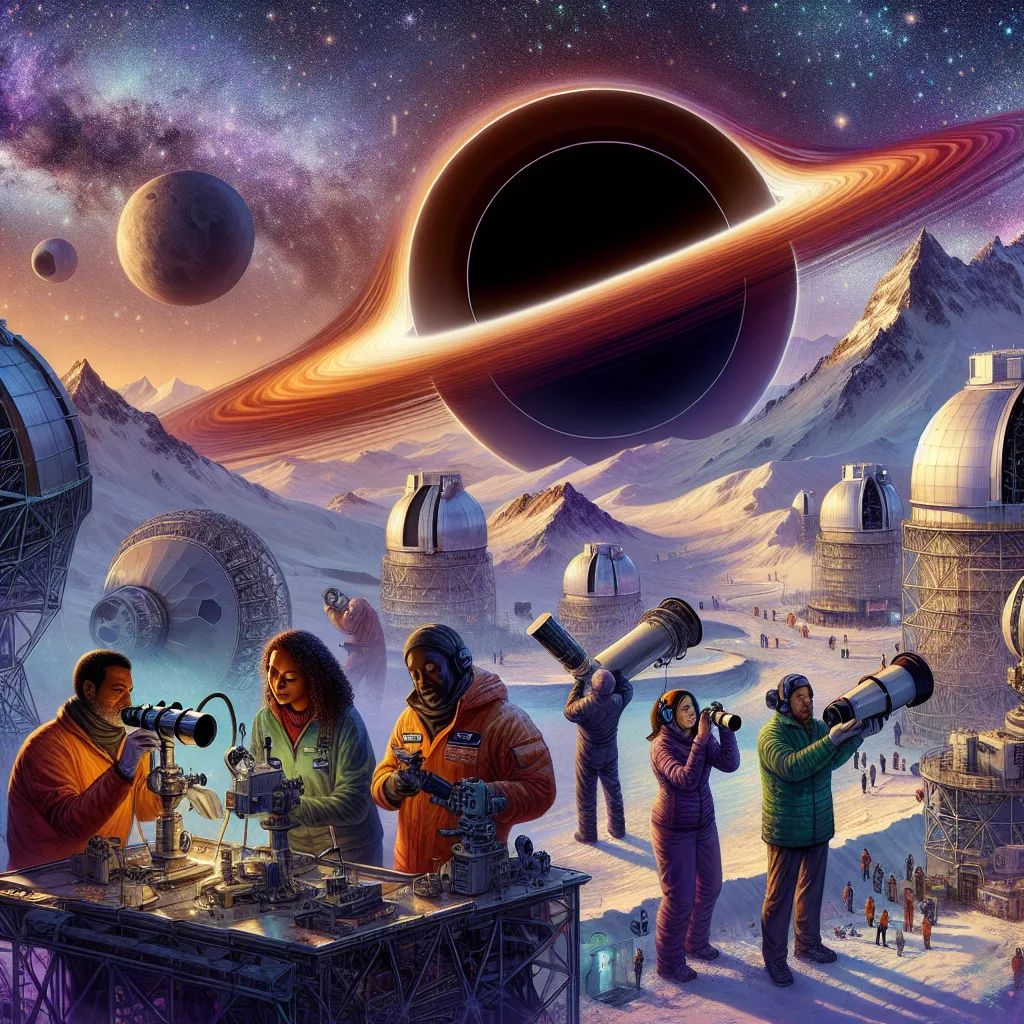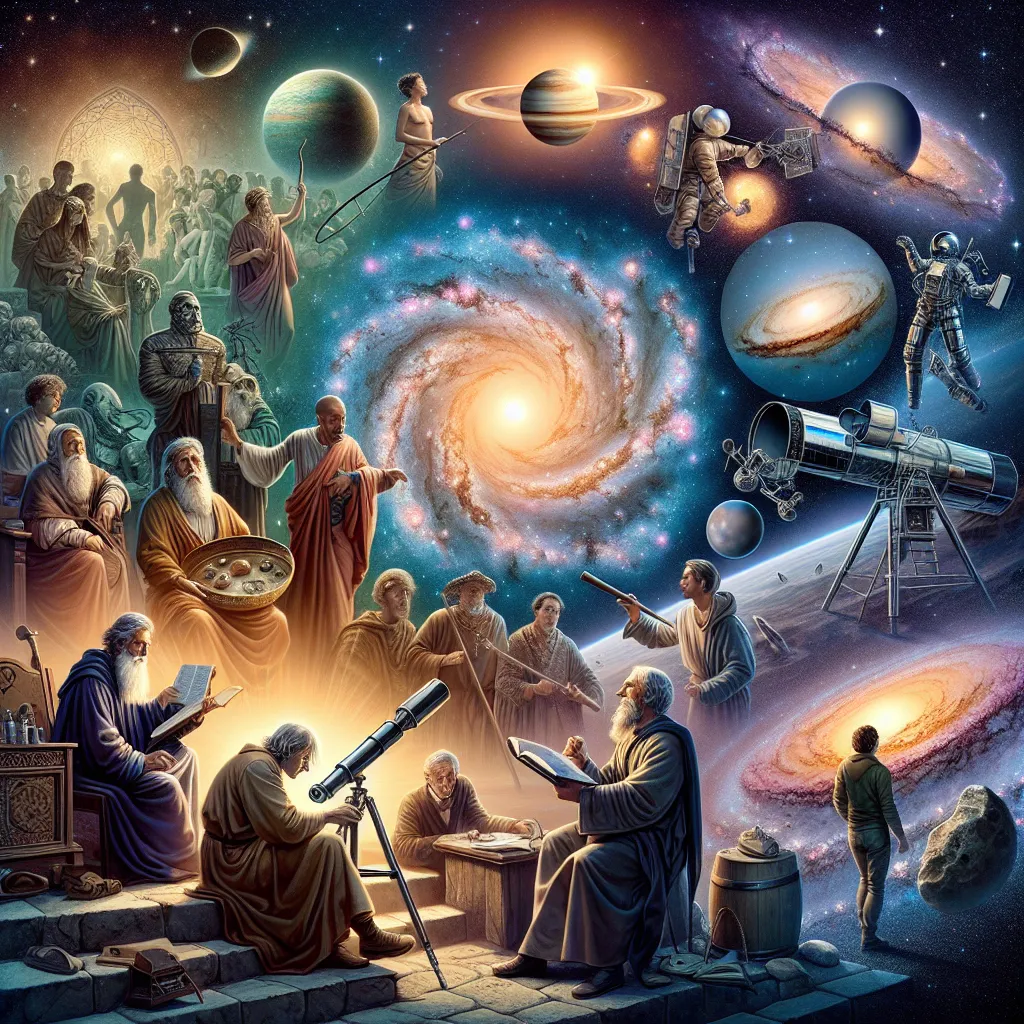Black holes. The mysterious giants of the cosmos. No one has ever seen one, not even the brightest scientific minds. Some people have dedicated their entire careers to this elusive quest. We’re talking about a mission to capture the very first image of a black hole. But why is it so challenging? Black holes exert such an extreme pull of gravity that even light can’t escape. Imagine something so powerful that nothing, not even light, can emerge from its grasp.
Shep Doeleman is the man spearheading this extraordinary mission. He’s been working on something called the Event Horizon Telescope (EHT), a revolutionary array that combines eight telescopes from around the globe. It’s a mind-blowing feat of engineering and collaboration. Huge dishes in Spain, Mexico, Arizona, Hawaii, Chile, and even the South Pole, linked to form a telescope the size of Earth.
For two years, our cameras followed these scientists to the most hostile environments. We’re talking about -70 degrees wind chills and places where you question why anyone would ever live there, let alone work. Despite these brutal conditions, the team persists.
So, what exactly is a black hole? It’s a region of space where gravity is so intense that nothing can escape once it crosses a certain boundary called the Event Horizon. Imagine an invisible monster in the cosmos consuming everything that gets too close, sending whatever falls in into an unknown abyss.
Even though astronomers have strong evidence pointing to the existence of black holes, not one has ever been visually confirmed. Could they be wrong about these cosmic titans? The answer to that question could rewrite what we know about the universe.
Doeleman’s target is at the center of our own Milky Way. It’s an object with a mass of over 4 million suns. The best explanation? A supermassive black hole known as Sagittarius A*. But here’s the kicker: from Earth, it’s like trying to see an orange on the moon. No existing telescope can do that.
The EHT aims to make the impossible possible by pooling the power of its global network. With synchronized observations and data physically transported back to correlators in Massachusetts and Germany, this telescope array stands a chance to capture the unimaginable.
The project is also targeting another black hole in a galaxy called M87, which may offer an even clearer shot. These black holes are so far and so small, but their gravity and the light they bend around them might just give them away. The mission’s success would be an astronomical leap forward.
As the team links their telescopes through very long baseline interferometry (VLBI), they face hurdles that test their resolve daily. With millions of gigabytes of data to process and numerous technical issues, the clock ticks against them.
Weather plays a critical role in their observations. Clear skies are needed across all their global locations simultaneously for successful data collection. Shep Doeleman faces difficult decisions, constantly weighing the data collection opportunities against the potential risks of bad weather. Just one faulty piece of equipment or poor weather at a crucial site can mess up everything.
The observations begin, and it’s a series of tense days and nights filled with technical glitches and weather worries. However, determination pays off. The recorded data spans several days, encompassing diverse geographical conditions, but the essence remains the same – drive and innovation in the face of extreme odds.
Months after the observations, the hard drives are finally analyzed, and the image processing begins. Various computer algorithms turn raw data into visual gold. The team is on edge. What if it’s all been for nothing? But then, a game-changing image starts to form.
They’re seeing a ring-like structure: the shadow of a black hole. The photons of light being bent by the intense gravitational pull become visible, vindicating Einstein’s theories with profound evidence. It’s a groundbreaking moment.
The world finally sees it—a direct image of a black hole. Released in 2019, it marks a historic moment in astronomy. The EHT team’s vision doesn’t stop here. With plans for more telescopes and better data, they aim to capture even more images, perhaps revealing the mysteries inside our galaxy’s very own behemoth, Sagittarius A*.
It’s just the beginning. The Event Horizon Telescope sets a new direction for exploring the universe, pushing the boundaries of human knowledge and daring us to imagine the unimaginable.
Stay curious and keep gazing at the stars. Who knows what we’ll uncover next?






